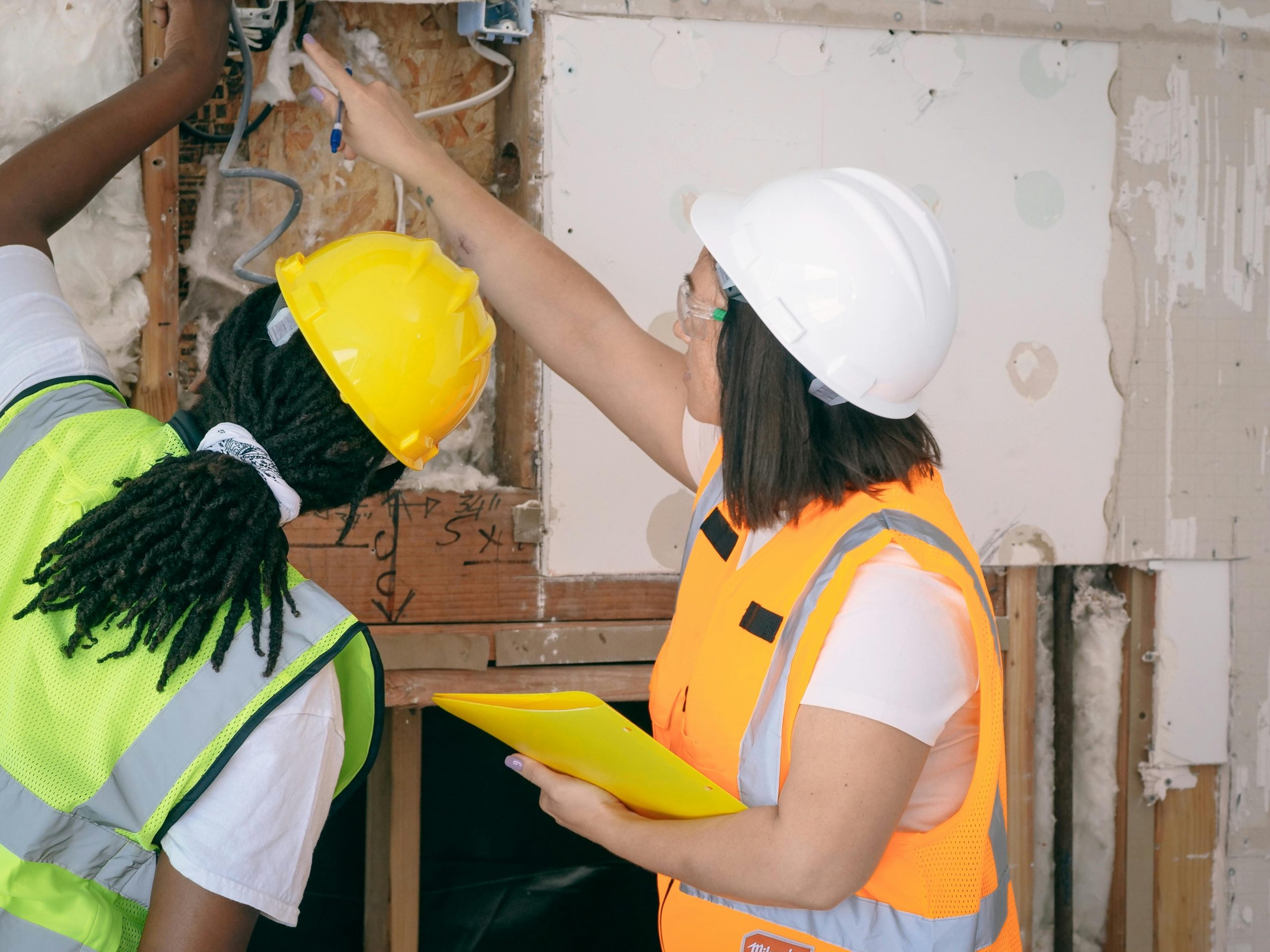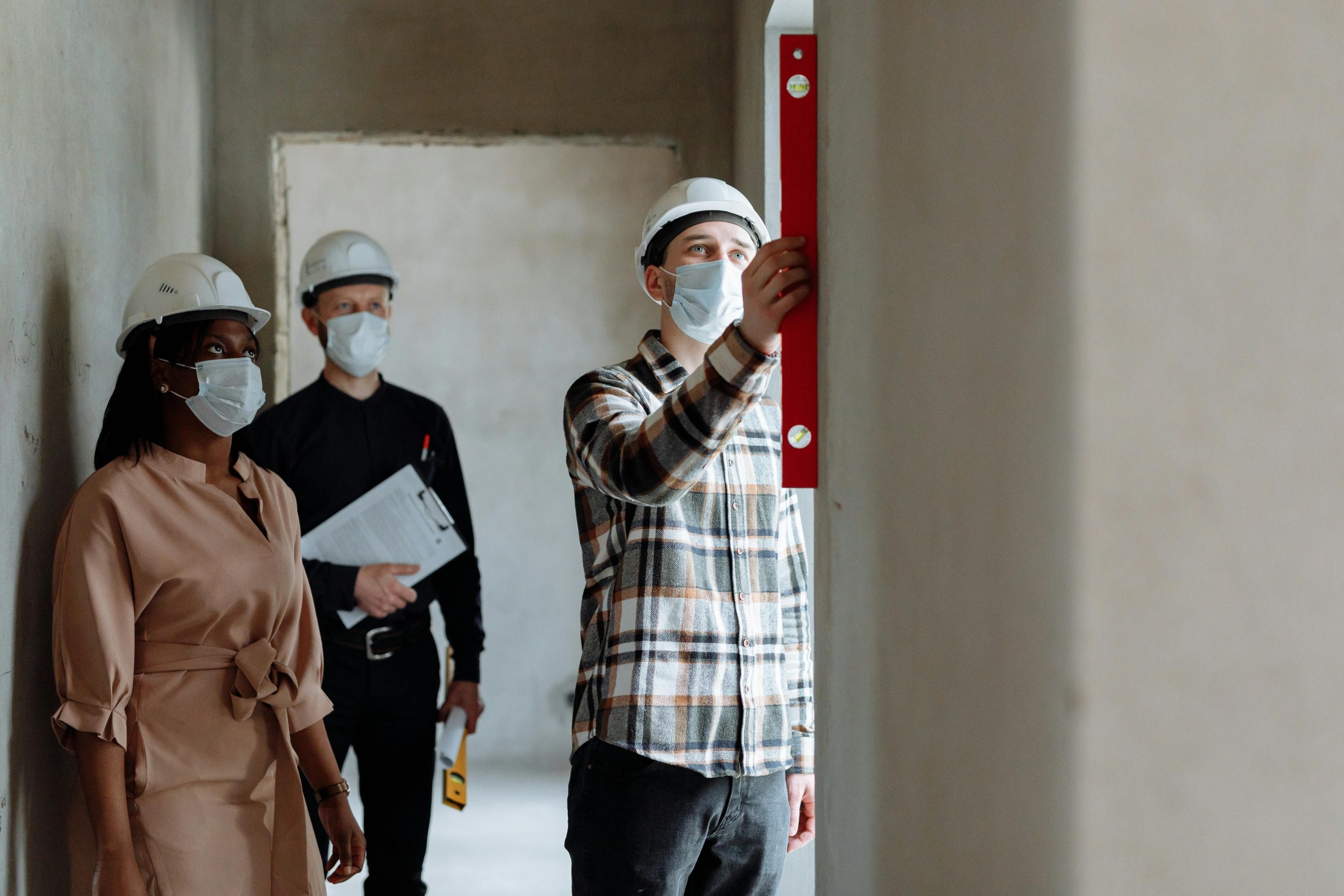Controlling Asbestos Risks in the Workplace
Asbestos remains one of the most significant long-latency occupational health hazards in the UK. Despite the prohibition of asbestos use in 1999, asbestos-containing materials (ACMs) are still prevalent across a wide range of pre-2000 commercial, industrial, and public buildings. Exposure continues to result in fatal respiratory diseases, including asbestosis, mesothelioma, and asbestos-related lung cancer. According […]








